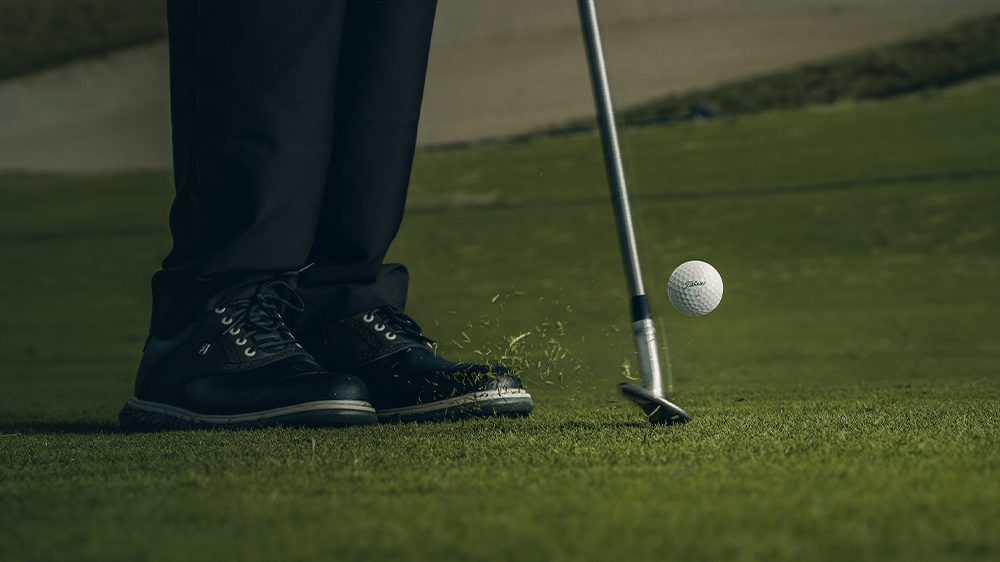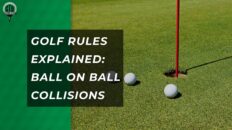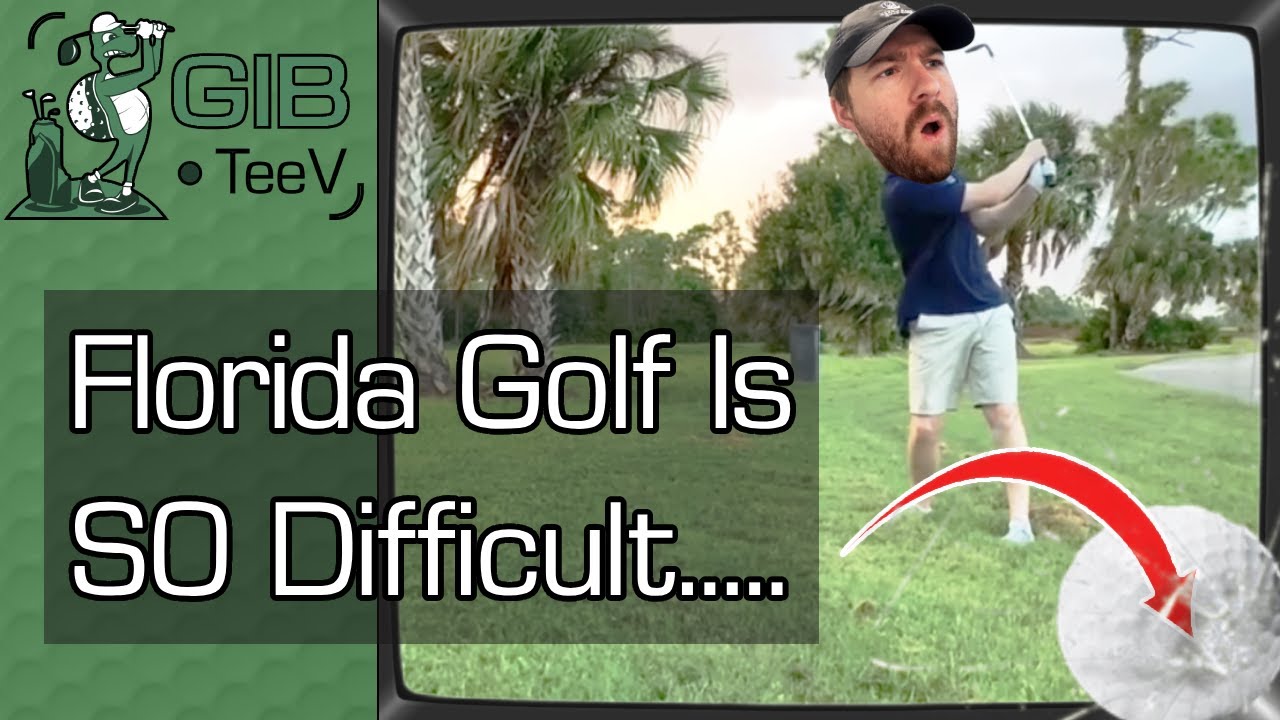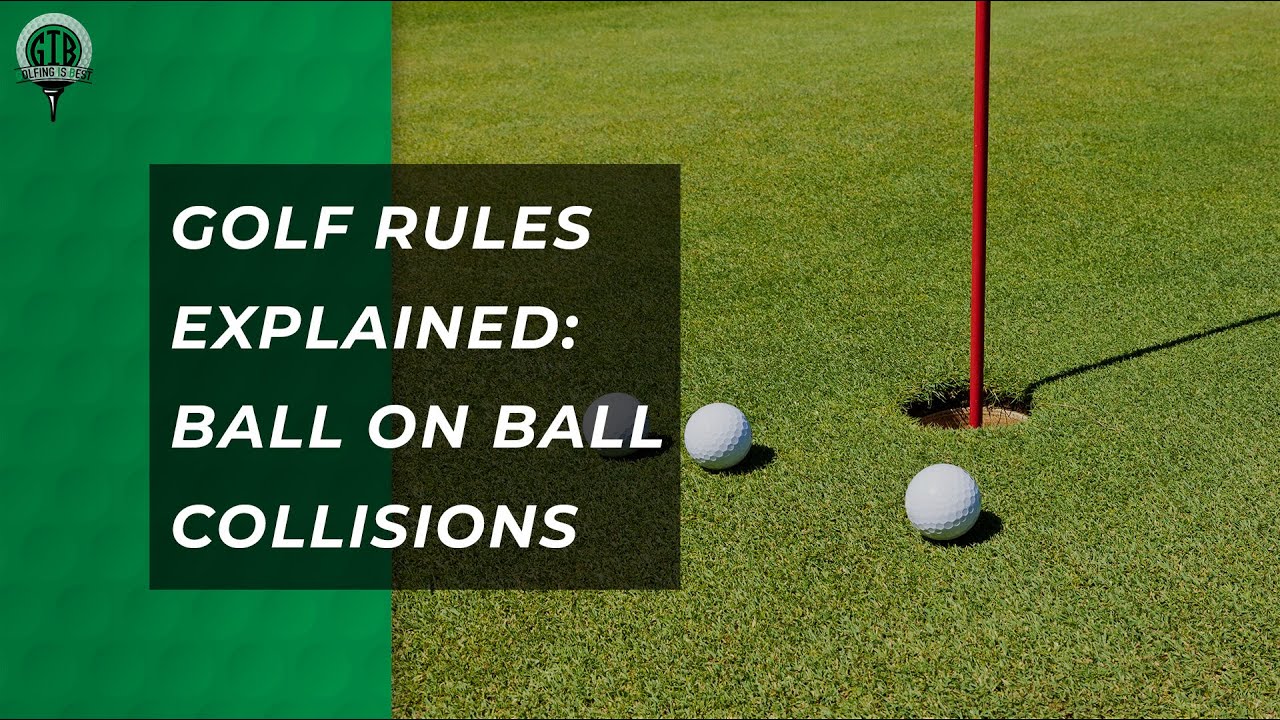Welcome back to our channel, fellow golf enthusiasts! Today, we’re diving into a crucial aspect of your short game: understanding and leveraging the bounce on your wedges. This information could be a game-changer in improving your shots around the green.
Understanding Wedge Bounce
Do you ever wonder what makes some players excel in their short game? The secret might lie in how they use the bounce on their wedges. This guide will take you through the essentials of bounce, its importance, and how you can use it to your advantage.
Table of Contents
- Introduction to Bounce
- Advantages of Bounce
- Application in Your Game
- Bounce and Playing Conditions
- Conclusion
Summary
Mastering the use of wedge bounce is essential for any golfer aiming to improve their performance around the green. This video breaks down what bounce is, its benefits, and practical tips for applying it in various playing conditions. By the end, you’ll understand why bounce could be your best friend in the short game and how to use it as your secret weapon for getting up and down with ease.
Introduction to Bounce
Bounce is the angle at which the club’s leading edge sits above the ground at address. Think of it as your invisible friend, ready to support you in various scenarios. It acts as a safety net, preventing the leading edge from digging too deep into the turf, helping your club skim over the ground rather than getting buried.
Advantages of Bounce
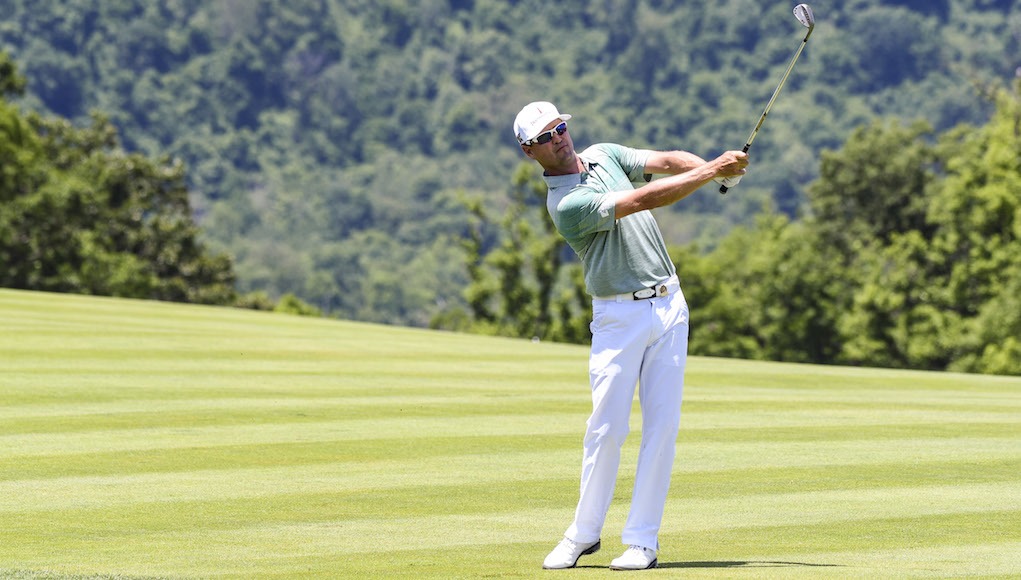
Using the bounce on your wedges can dramatically affect your shots, especially for golfers with a steep attack angle. Bounce serves as a buffer, reducing the risk of the club digging into the turf and promoting smoother, more forgiving shots. For those with a shallower attack, understanding how to adjust the bounce can prevent mishits caused by too much lift.
Application in Your Game
The right amount of bounce can make a difference in various situations on the course. Whether you’re dealing with tight lies or lush grass, adjusting your use of bounce can help improve contact and control.
“Leveraging bounce properly means even if you don’t strike the ball perfectly, the club soul, aided by bounce, can help you recover and achieve a good shot.”
Bounce and Playing Conditions
The ideal amount of bounce also depends on the playing conditions of the course. Tight lies call for less bounce for better ball contact, whereas softer conditions might benefit from more bounce to prevent the club from digging. Knowing your most common playing conditions can guide you in choosing the right wedges.
Conclusion
Understanding and utilizing the bounce on your wedges is essential for navigating the subtleties of the short game. It’s not just about having the right equipment but knowing how to use it based on your swing and the course conditions. Remember, the key to mastering your wedges lies in making bounce your best friend on the green. “Use it wisely,” and it’ll be your secret weapon to getting up and down with ease.


